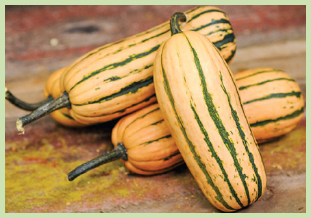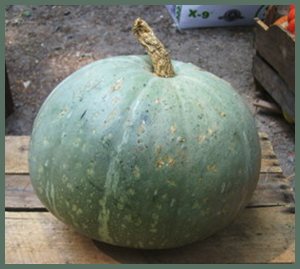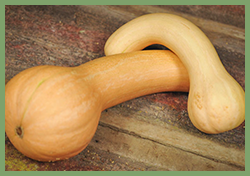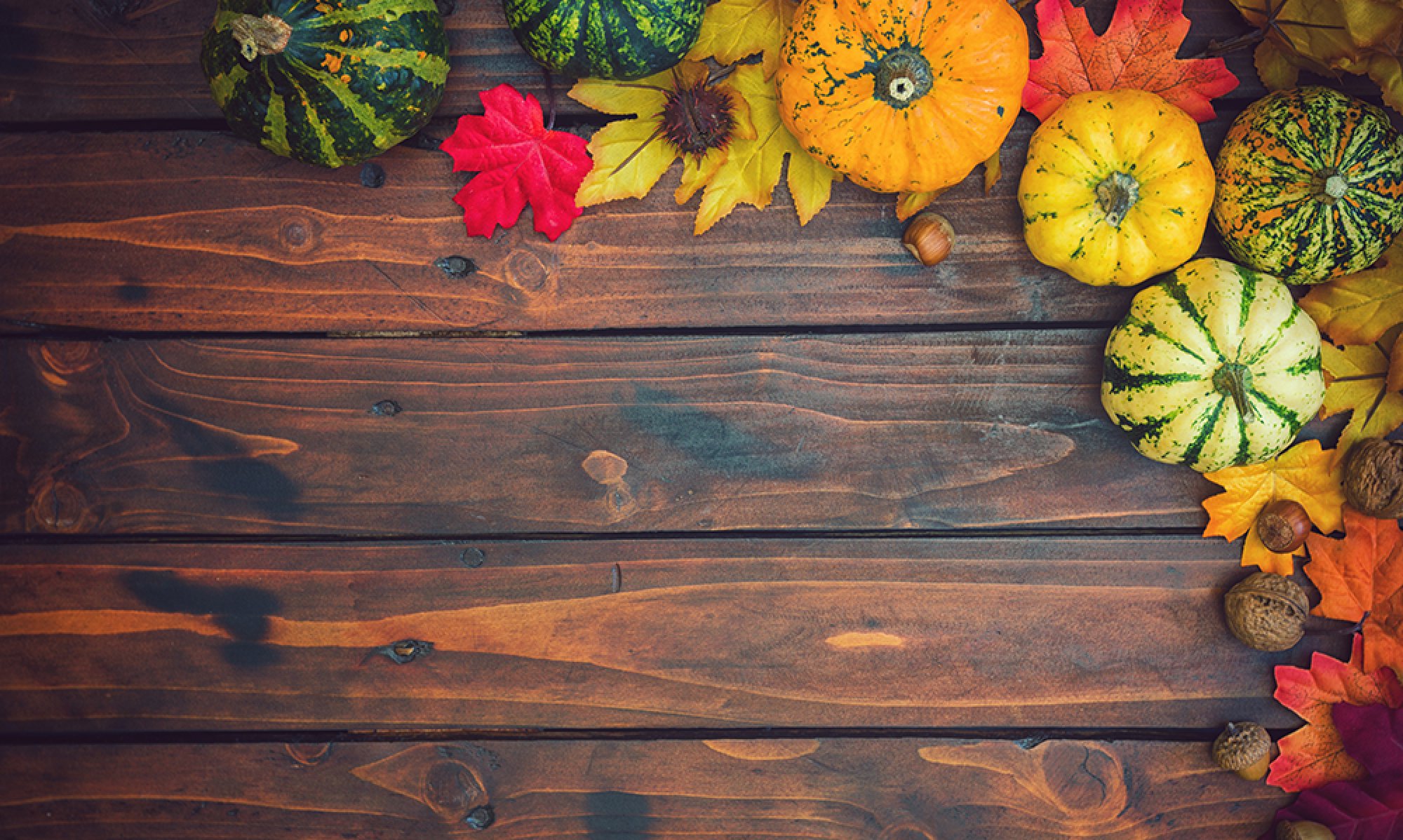There are 3 broad families of winter squash: Pepo, Maxima, Moschata. There are 2 others; Argyrosperma & Ficifolia, however, most are inedible or grow to maturity only in the tropics .

1- The “Pepos” grow to maturity the quickest, in August and September in Quebec. After harvest, some are stored to cure 5 to 10 days. They also do not keep that well; 2 to 6 weeks after harvest. This family includes Zucchinis, Delicatas, Acorns, and the famous “Winter Luxury”. Available in August, September and October.
2- The “Maximas” thrive in our northern climate. Also, they are often the biggest squash you find at the market; Buttercups, Hubbards, Kabochas and the larger “pumpkin like” ones. It is also in this family where we find the most varied flavors. Because it stores well (5 to 8 months), the starch slowly converts to sugar thus augmenting its flavour profile somewhat like a fine wine.
Additionally, the proportion of flesh by weight being the highest of the 3 families, it is quite common to prepare a meal and have leftover to freeze for future meals.

Maximas need to be stored up to 2 months after harvest (10 to 13 degrees) to ensure proper curing. This stage hardens the skin, repairs superficial scars and reduces water content. While it sleeps, its flavour and texture are enhanced as the natural sugars and acids mature to elevate the eating experience of this premium squash. Available from November till April.
3- The “Moschatas”are preferably grown to maturity south of our border. Of the 3 families, they require the most sunny days to reach maturity. The last weeks being the most important to produce the sugars so important to its flavour profile. So selection of the type of Moschata to grow here needs to be rigorous. This why a “Butternut” grown in California is often much more flavourful than one grown in Quebec.

Once harvested, they are stored for 2 to 3 weeks for curing and can then be kept for an additional 4 months before losing their sugar content. This family includes “Butternuts” and ‘Cheeses”. Available from October till February.
As a comparison, have you noticed the difference between the taste of an apple bought in a grocery store (especially if imported) and at an orchard? Often these apples are harvested before their “time” where ripening is slowed in “controlled atmosphere” coolers so they can last during transport and on shelves. The result? Less flavour, less juicy… It’s not the same as Mother Nature!
